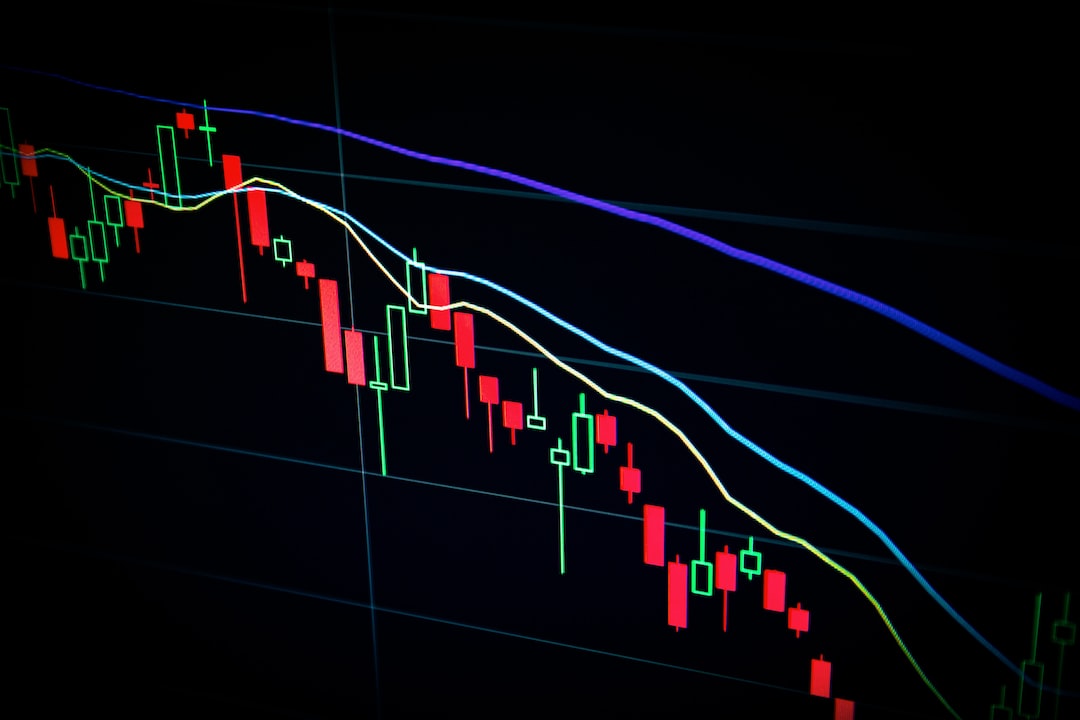Forex trading is a global marketplace where different currencies are traded. With a daily trading volume of over $5 trillion, it is the largest financial market in the world. But despite its size, forex trading is not a free-for-all. There are several “walls” that regulate the market and protect traders.
These walls are in place to ensure fair trading practices, prevent fraud and manipulation, and maintain the stability of the market. Here are some of the reasons why there are walls in forex trading:
1. Regulatory Bodies
In many countries, forex trading is regulated by government bodies such as the Securities and Exchange Commission (SEC) or the Commodities Futures Trading Commission (CFTC). These regulatory bodies set rules and guidelines that forex brokers and traders must follow. They also conduct audits and investigations to ensure compliance with these rules.
Regulatory bodies are important because they help protect traders from fraud and manipulation. They also ensure that brokers are operating fairly and transparently. Without regulatory bodies, the forex market would be open to abuse and traders would have no protection.
2. Trading Platforms
Forex trading takes place through online trading platforms provided by brokers. These platforms act as a bridge between traders and the market. They provide real-time quotes, charts, and news feeds, and allow traders to execute trades.
Trading platforms are also regulated by regulatory bodies. They must meet certain standards of security, reliability, and transparency. This ensures that traders have access to accurate information and can trade with confidence.
3. Margin Trading
Margin trading is a common practice in forex trading. It allows traders to borrow money from their brokers to leverage their trades. For example, if a trader has $1,000 in their account and a 100:1 leverage, they can trade up to $100,000.
Margin trading is a double-edged sword. It can increase profits, but it can also increase losses. To prevent traders from taking on too much risk, brokers set margin requirements. These requirements vary depending on the broker and the currency pair being traded.
Margin requirements act as a wall to prevent traders from overleveraging their positions. They also protect brokers from the risk of default. Without margin requirements, the forex market would be much riskier and less stable.
4. Bid-Ask Spread
The bid-ask spread is the difference between the price at which a currency can be sold and the price at which it can be bought. This spread is set by market makers, who are banks or financial institutions that provide liquidity to the market.
The bid-ask spread is another wall in forex trading. It ensures that market makers can make a profit by buying and selling currencies. It also prevents traders from making risk-free profits by exploiting small price differences.
5. Market Volatility
The forex market is volatile and unpredictable. Prices can change rapidly in response to economic news, geopolitical events, and other factors. This volatility can be both a blessing and a curse for traders.
To manage this volatility, brokers set stop-loss orders. These orders allow traders to automatically exit a trade if the price moves against them. They also set trading limits, which prevent traders from taking on too much risk in a single trade.
Conclusion
Forex trading is a complex and dynamic market. It operates under many walls that regulate and protect traders. These walls are in place to ensure fair trading practices, prevent fraud and manipulation, and maintain the stability of the market. While these walls can limit some trading strategies, they ultimately provide a safer and more transparent market for everyone.






